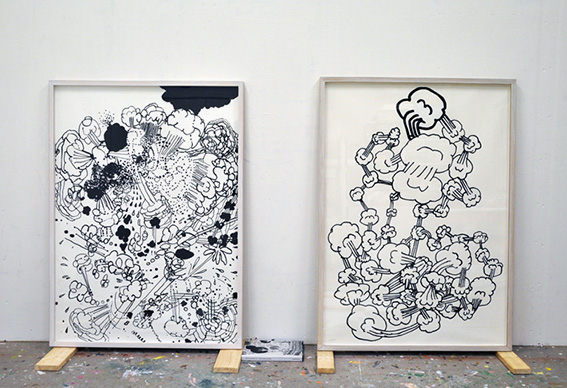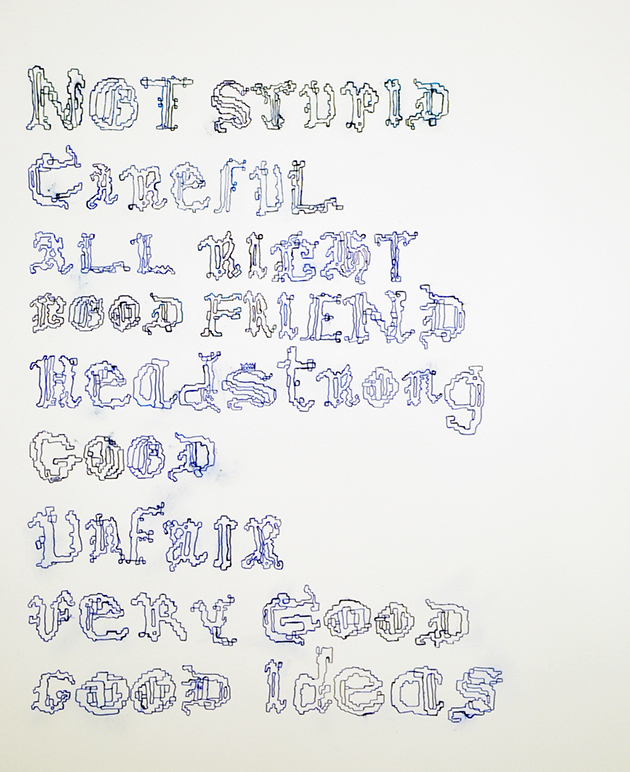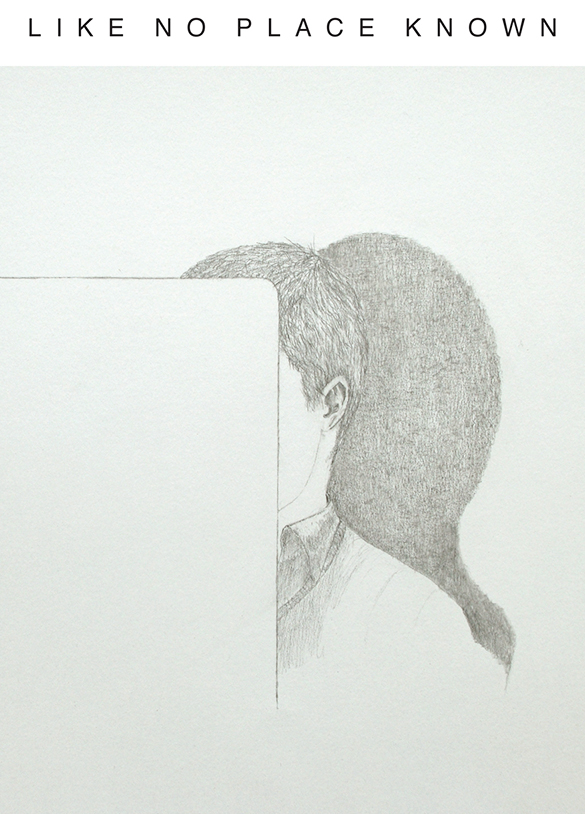LIKE NO PLACE KNOWN
RMIT SCHOOL OF ART GALLERY
RMIT University, Building 2, Bowen Street, Melbourne (AUS)

Like No Place Known.
Is there such a place? Can we think of a place not known?
’Do you see anything? It seems I am trying to tell you a dream-making, a vain attempt, because no relation of a dream can convey the dream sensation, that commingling of absurdity, surprise and bewilderment in a tremor of struggling revolt, that notion of being captured by the incredible…’1
[…]
Peculiarly the idea of something unknown, whether based on reflection or imagination, must come a source of knowledge and understanding. Envisaging the idea of an unknown place suggests the possibility of a prototype or a proposition, and is about trying to step outside what we know in order to propose a conception of the world through the language of metaphor and image, or alternatively heuristic conclusion. However in conjuring an ’unknown place’ one must work through what is known.
’Everyone who draws or writes knows that they retrace lines of thought that have already been taken’2 and that the act of drawing, like writing, has traditionally been the most practical and exploratory way of trying to form a proposition. Henry Moore embodies this quality within drawing in his statement that ’drawing is a way of finding one’s way’. Drawing is not merely a means to represent, but is also a way to think and ideate within a space that is relatively unfettered and diverse.
Drawing versus writing.
Next to spoken language, drawing and writing are primary human impulses of communication with the origins of writing in drawing, and drawing in writing, each capable of invoking direct or circuitous meaning. However drawing and writing also conjure a sense of opposition located in childhood as we learn to write between lines and to read between lines.
Trough drawing Andreas Soma […] dissolve and question the distinct roles and characteristics of drawing and writing. […] (He) work within a ’literary aesthetic’ that helps with accessible, making drawings that Soma’s word drawing Description (Not stupid, Careful, All right, Good friend, Headstrong, Good, Unfair, Very good, Good ideas) employs words that seem meaning through the use of description lists. However the words remain incongruous and evade meaning. Soma’s list fails to deliver, sitting at the perimeters of semantic meaning, the content residing in the drawing itself, a nervous and jittery, yet purposeful avowal. The failure of Soma’s words to convey semantic content implies an anxious and humorous apprehension about inability to communicate. His selection of a seemingly archaic font, pixilated and finished in smudged ballpoint pen stifts between being proclamation and a displaced or unassuming note.
[…]
From here to there
Looking
1. Conrad, J., Heart of Darkness, Part 1, Penguin Publishing, 1973
2. Carter, P., Dark Writing: Geography, Performance, Design, p3. University of Hawaii Press, 2009
Extract from catalog text by Katarina Frank /Peter Westwood
Exhibition curated by Katarina Frank and Peter Westwood in associasion with the Drawing Out conference 2010. RMIT University of the Arts and the University of the Arts London.
Artists:
Kiran Boland
Cecilia Darle
Gunilla Hansson
Patrick Nilsson
Jin Shan
Andreas Soma

Description (Not stupid, Careful, All right, Good friend, Headstrong, Good, Unfair, Very good, Good ideas), drawing

Cover Catalog